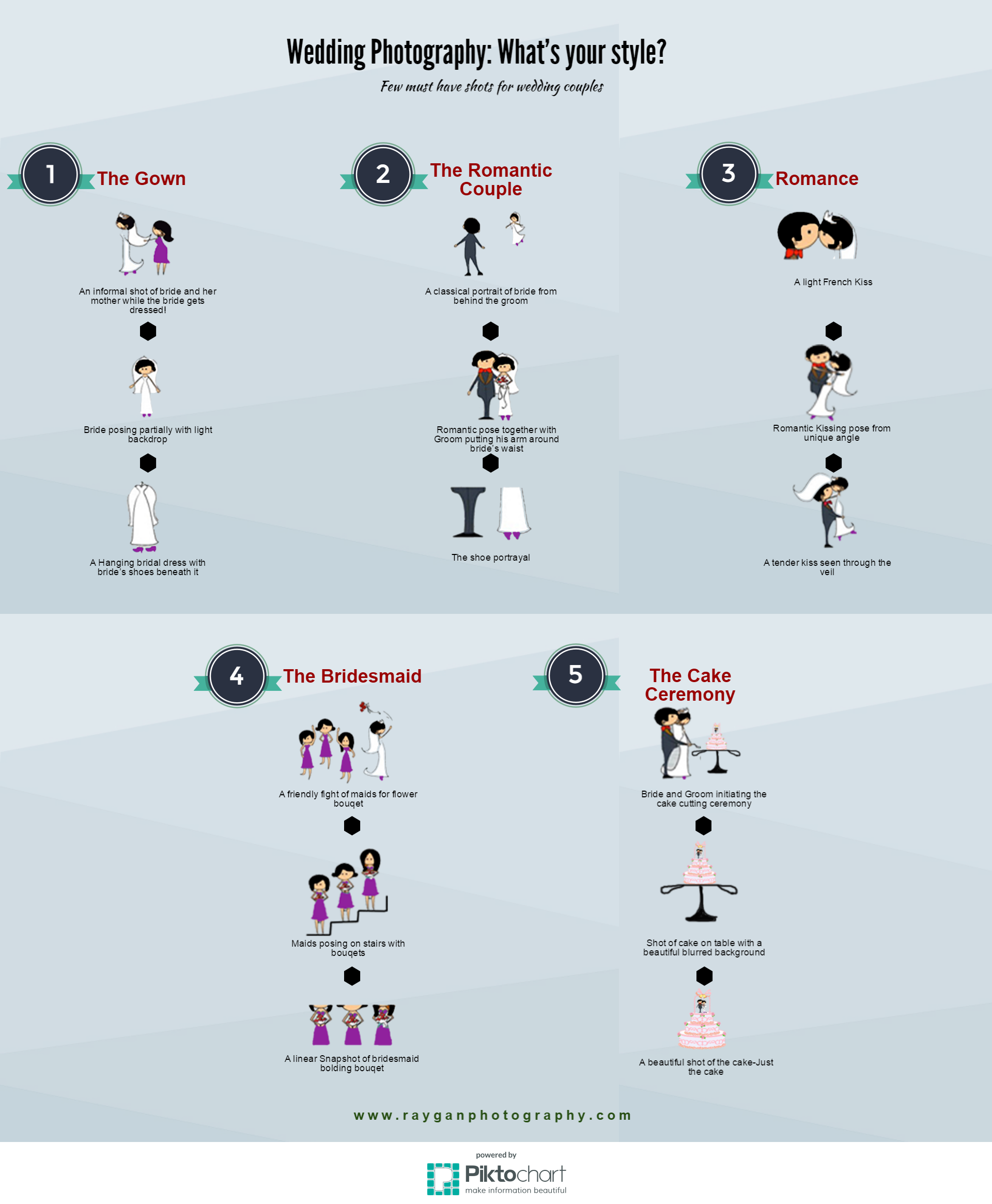Photography Tips For Beginners: Understanding Your Camera In A Snap
Photography Tips For Beginners: Understanding Your Camera In A Snap
Blog Article
Content By-Ballard Turan
When you first pick up your camera, it can feel overwhelming with all the setups and alternatives offered. You might find yourself asking yourself exactly how to browse aperture, shutter rate, and ISO effectively. Mastering these fundamentals is vital, yet there's even more to digital photography than simply technical knowledge. Recognizing structure strategies and lighting problems can raise your photos considerably. So, suppose you could discover straightforward methods to boost your skills and begin capturing remarkable pictures earlier than you believe? Let's check out how to change your digital photography journey.
Understanding Video Camera Setups
Comprehending your cam setups is vital for recording stunning pictures. When you pick up your cam, acquaint on your own with the 3 major settings: aperture, shutter speed, and ISO. Each plays an important duty in how your photos turn out.
Begin with aperture, which regulates the amount of light entering the lens. A broader aperture (lower f-number) allows extra light and develops a stunning history blur, perfect for pictures. Alternatively, a narrower aperture (higher f-number) maintains more of the scene in focus, ideal for landscapes.
Next off, focus on shutter speed. This setting establishes the length of time your electronic camera's sensing unit is revealed to light. A quick shutter speed freezes motion, which is excellent for action shots, while a sluggish shutter speed can create stunning results like smooth water in landscapes.
Lastly, change your ISO. This setting influences your camera's level of sensitivity to light. A higher ISO serves in low-light scenarios yet can introduce noise or grain. Aim for the most affordable ISO feasible while still attaining correct direct exposure.
Composition Techniques
When you're out shooting, composition can make all the difference in how your pictures resonate with viewers. Start by utilizing the regulation of thirds; envision your structure split right into nine equivalent sections with two horizontal and 2 upright lines. Setting crucial elements along these lines or at their junctions to develop equilibrium and interest.
Next off, take into consideration leading lines. These all-natural lines in your scene, like roadways or rivers, draw the customer's eye into the picture, directing them through the story you're informing.
Do not ignore framing; usage elements within your scene, like trees or home windows, to create a framework around your topic, adding deepness and emphasis.
Also, keep an eye on your background. A messy background can sidetrack from your main subject, while a basic one helps it stand out.
Last but not least, trying out balance and patterns; they can produce a striking photo that captures focus.
Mastering Lights Conditions
Grasping lights problems is crucial for recording stunning photographs, as the right light can transform a normal scene into something phenomenal.
Begin by observing all-natural light at different times of the day. Early mornings and late afternoons provide the most effective light, known as the gold hour. The soft, cozy tones during these times can improve your images wonderfully.
Don't shy away from cloudy days either; diffused light can lessen extreme darkness and create a pleasing result, especially for portraits.
Trying out backlighting by placing your topic against the source of light. This technique can create a dreamy halo impact and add deepness to your photos.
Take note of your camera settings too. Change Linkedin portrait , aperture, and shutter speed to fit the lighting conditions. A greater ISO can help in low light, yet be cautious of grain.
Make use of a tripod in darker environments to stay clear of blur.
Lastly, do not fail to remember artificial lights. Flash and continuous lights can be wonderful devices for regulating light in tough problems.
Final thought
Finally, grasping your camera does not need to be frustrating. By comprehending visit this site right here , applying composition strategies, and taking advantage of the power of all-natural light, you'll rapidly raise your digital photography abilities. Bear in mind, exercise makes ideal, so get out there and experiment with your newly found knowledge. With time and devotion, you'll be recording sensational pictures that reflect your unique point of view. Appreciate the trip, and do not neglect to have fun while you're at it!
